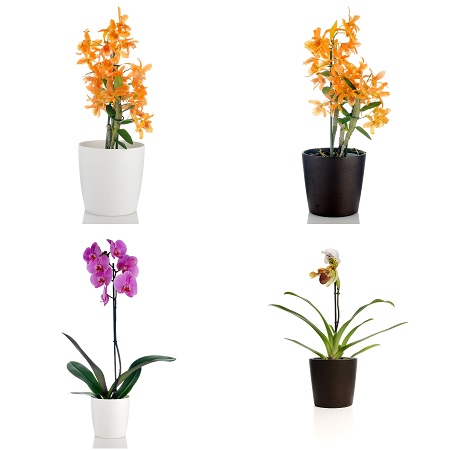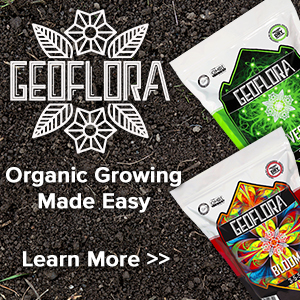
One sometimes hears the question: “What’s the best pot for my orchid?”
The correct answer to that is that there isn’t a single, best pot. In fact, it might not be a pot at all! Instead, when choosing an orchid container, it is best to consider the needs of the plant, how the container interacts with the medium, how the two, together, interact with your environment and how much you like to “mess with” your plants.
When choosing an orchid container, you have several options:
- Clay with solid sides
- Clay with slots or other perforations in the sidewall
- Solid, opaque plastic
- Solid, clear plastic
- Slotted, opaque plastic
- Slotted, clear plastic
- Semi-hydroponic (clear or opaque)
- Net
- Plastic basket
- Wooden basket
While there are always exceptions, I am not including glazed, clay pots in the list, as they tend to be too suffocating to the plant, so should only be used as decorative pot covers, and not as the primary container.
The pot is designed to contain the potting medium the plant is growing in, but can affect that volume of medium and the resulting local conditions with its own properties – evaporation rate being the most significant.
If we have the same potting medium in each (We’ll ignore S/H, as that’s more than just a pot choice), the loss of water due to evaporation will vary greatly, in the following order from slowest to fastest:
- Solid plastic
- Slotted plastic
- Clay
- Perforated clay
- Net
- Baskets
As a side note, clear plastic may allow faster evaporation than opaque plastic, as the warming light flux can heat the medium, although one could argue that black or green plastic will absorb the energy and pass it onto the medium. I doubt either is all that significant for windowsill growers, but might be for outdoor or greenhouse growers.
The evaporation rate has a direct connection to the frequency of watering needed for the plant, but keep in mind that fast evaporation means there will be some evaporative cooling as well, which can affect the temperatures in the root zone, an important consideration.
That’s pretty much it for the container, but now you have the added variable of choosing a potting medium, and as each choice results in an entirely different root zone environment that will react differently to the pot choice, you need to consider both.
Ray Barkalow has been growing orchids for over 45 years, and owns First Rays, which offers horticultural products to the hobby grower. He may be contacted at raybark@firstrays.com and you can visit his website at FirstRays.com.
Related Articles & Free Email Newsletter
High Quality Cold Frame Greenhouses with Free Shipping




Comment here